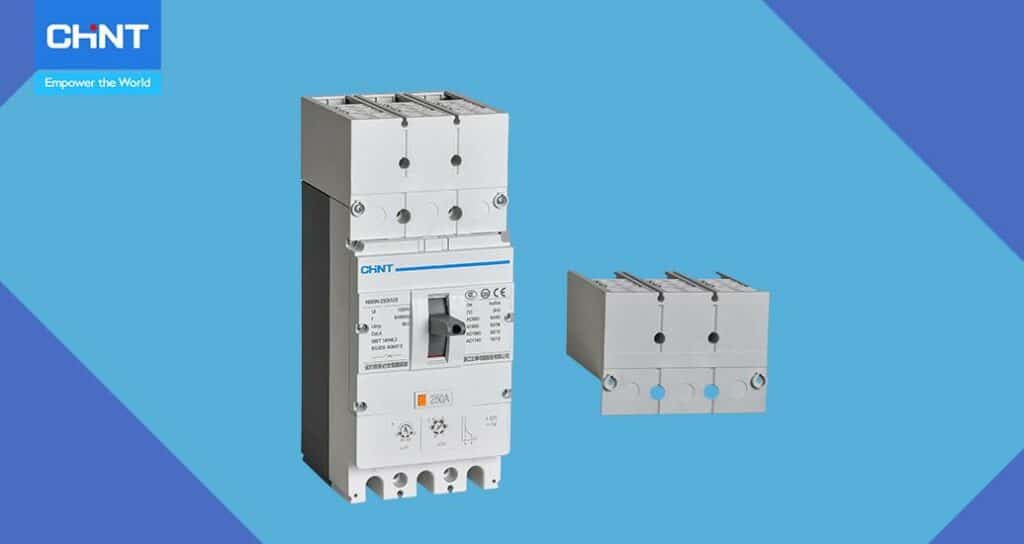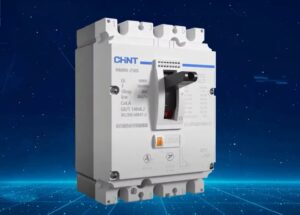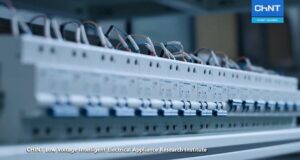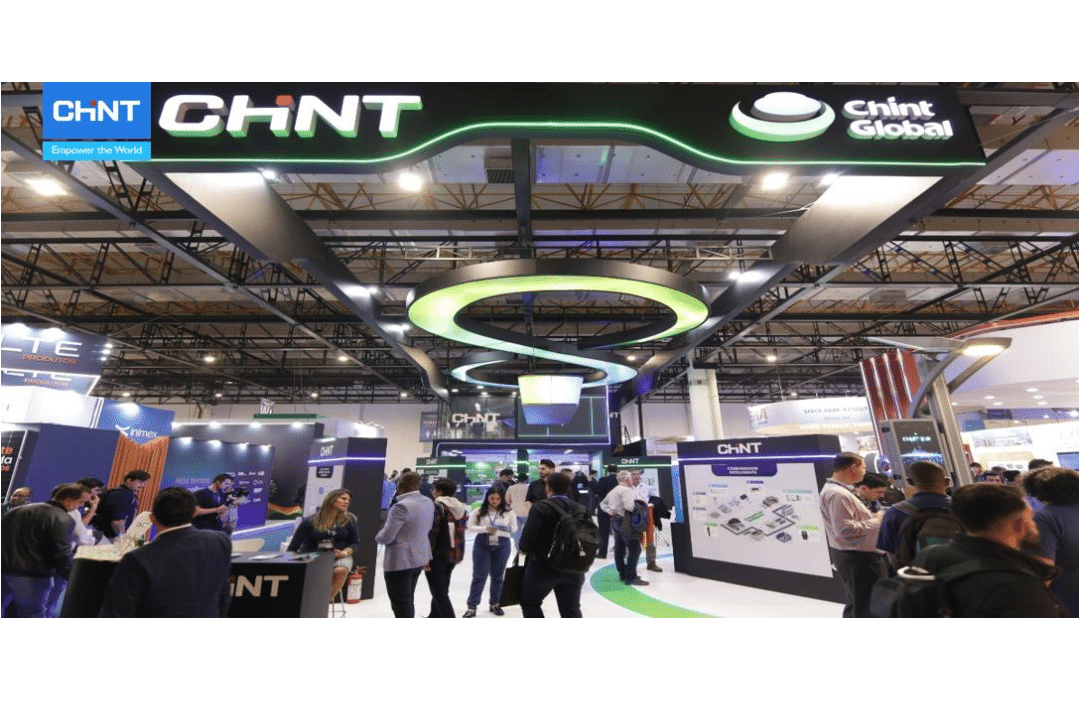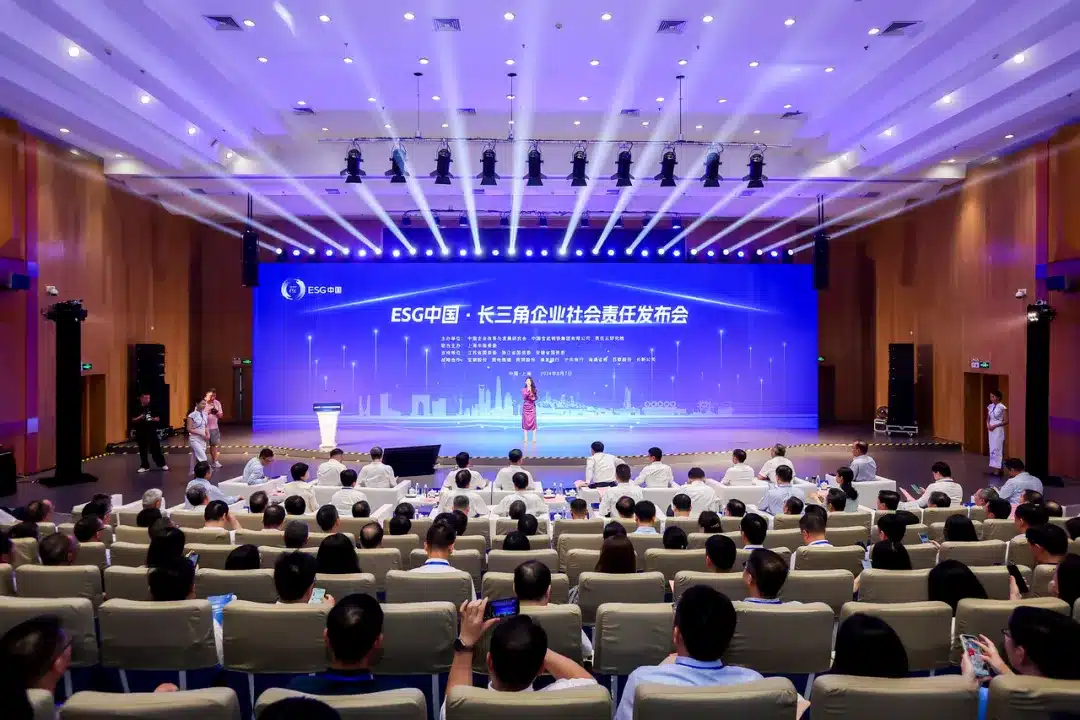Table of Contents
The photovoltaic (solar PV) industry has been booming in recent years. As more countries and businesses turn to solar energy, the need for efficient, safe, and reliable components becomes crucial. One such component is the molded case circuit breaker (MCCB) in the PV combiner box, which plays a vital role in ensuring the safety and efficiency of PV systems. In this article, we’ll explore the challenges faced by PV power plants and why the NM8N-HV MCCB is a top choice for these installations.
Challenges Faced by PV Power Plants
1. Cost Control
2. System Safety
3. Environmental Durability
4. Design and Installation Variability
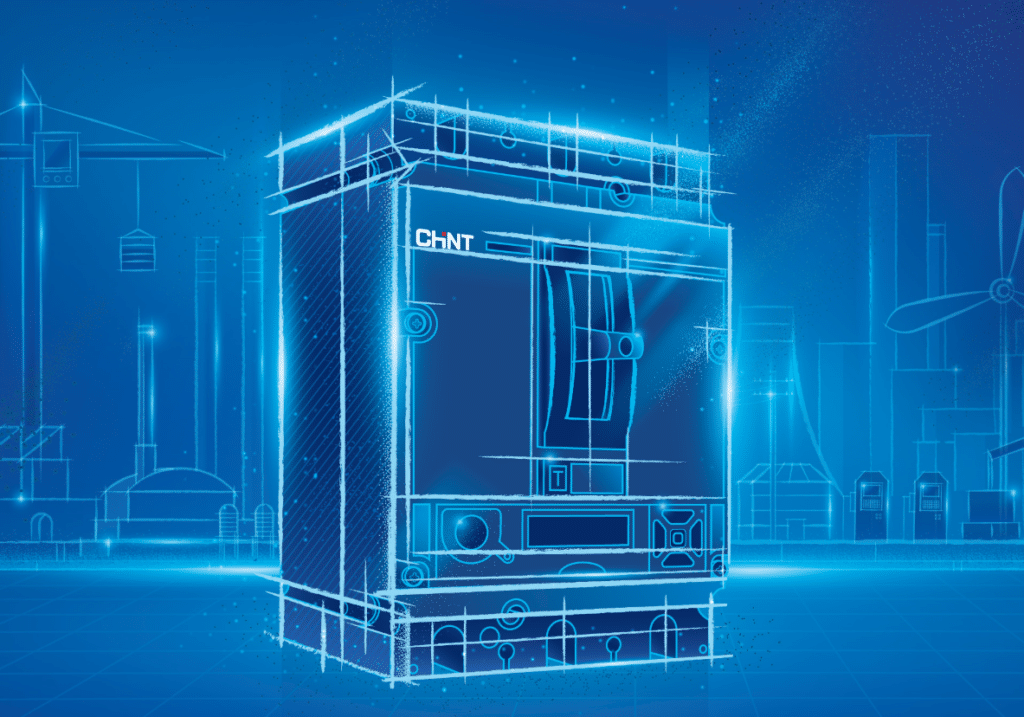
Connection Between the PV Industry and MCCBs
1. Basic Working Principle of MCCBs
- Thermal Protection: This feature uses a bimetallic strip that bends when heated by an overload current, thereby triggering the breaker to open and disconnect the circuit. This prevents overheating and potential damage to the circuit.
- Magnetic Protection: This feature uses an electromagnet that reacts to short circuits. When a short circuit occurs, the high current generates a magnetic field strong enough to trip the breaker almost instantaneously, isolating the fault.
- Manual Operation: MCCBs can also be manually operated to open or close a circuit, providing an additional layer of control and safety.
2. Application of MCCBs in PV Power Plants
- Protection Against Overload: PV systems are subject to varying levels of sunlight, which can cause fluctuations in the electrical output. An overload can occur if the system generates more power than the components are rated for. The thermal protection in MCCBs prevents overheating by disconnecting the circuit when necessary.
- Short Circuit Protection: PV systems include many electrical connections and components, each a potential point of failure. If a short circuit occurs, the magnetic protection in MCCBs rapidly isolates the fault, preventing damage to the system and reducing fire risks.
- Manual Control: During maintenance or emergencies, the ability to manually disconnect parts of the system is invaluable. MCCBs provide this manual operation capability, allowing technicians to safely work on the system without risk of electrical shock.
Features and Advantages of CHINT MCCB
The NM8N-HV MCCB is designed to handle a range of voltages from 690V to 1150V AC, making it suitable for high-voltage PV systems. This flexibility in voltage handling allows for optimization of costs across different system designs. By using an MCCB that can handle higher voltages, the overall system cost can be reduced due to lower current requirements and reduced infrastructure costs.
1. Safety Performance
2. Environmental Tolerance
3. Installation Flexibility
4. Modular Accessories
Conclusion
In summary, the CHINT NM8N-HV MCCB is a top choice for PV power plants due to its high voltage handling, exceptional safety performance, environmental durability, and installation flexibility. As the PV industry continues to grow, having reliable, efficient, and safe components like the NM8N-HV MCCB will be essential in meeting the demands of modern solar energy systems.

